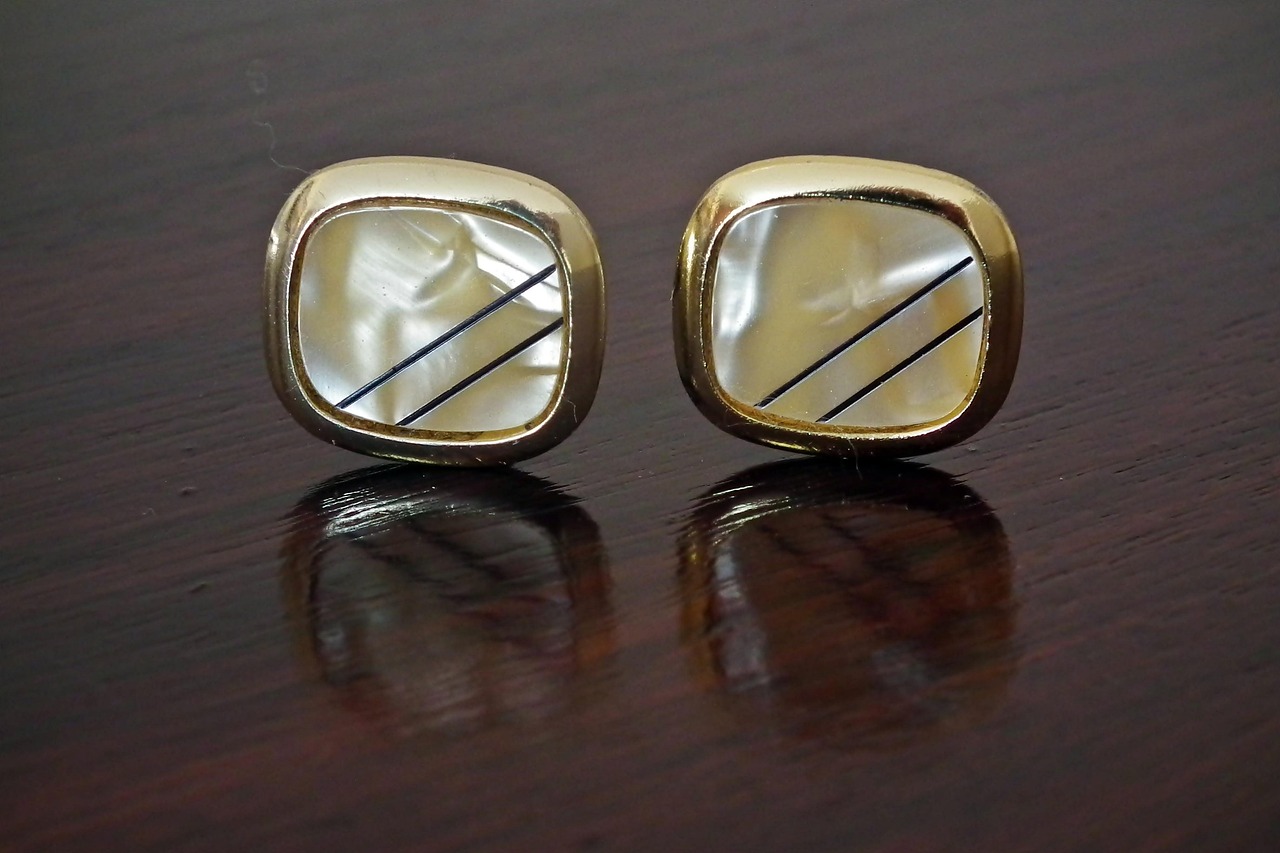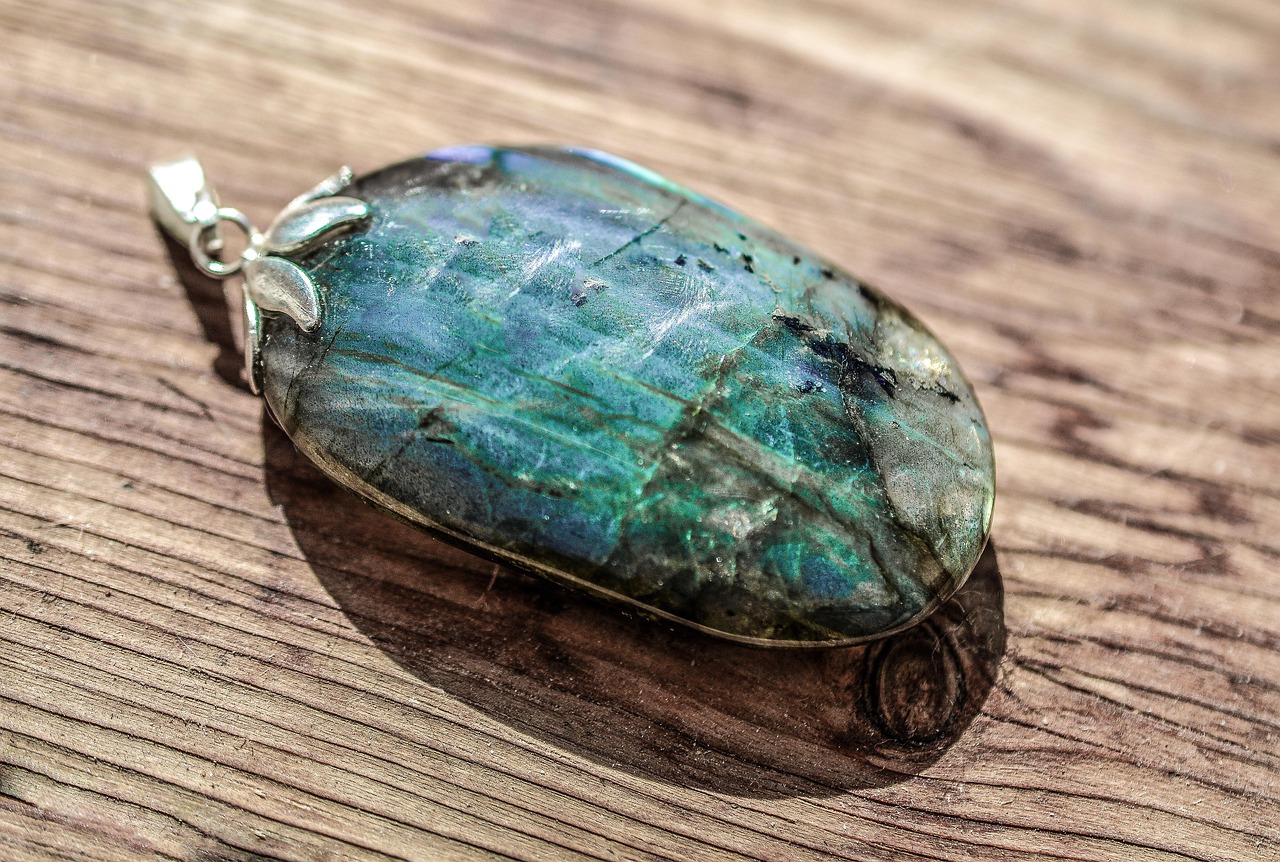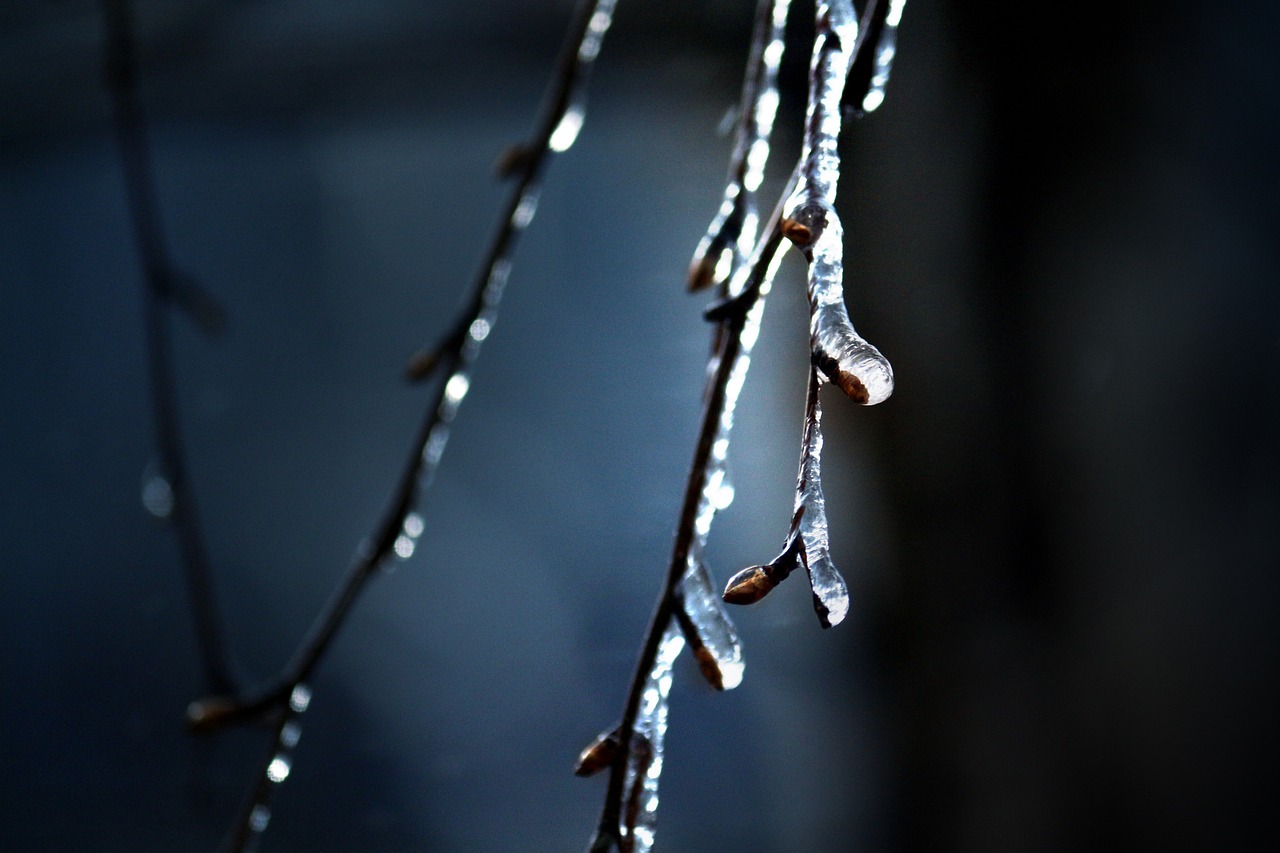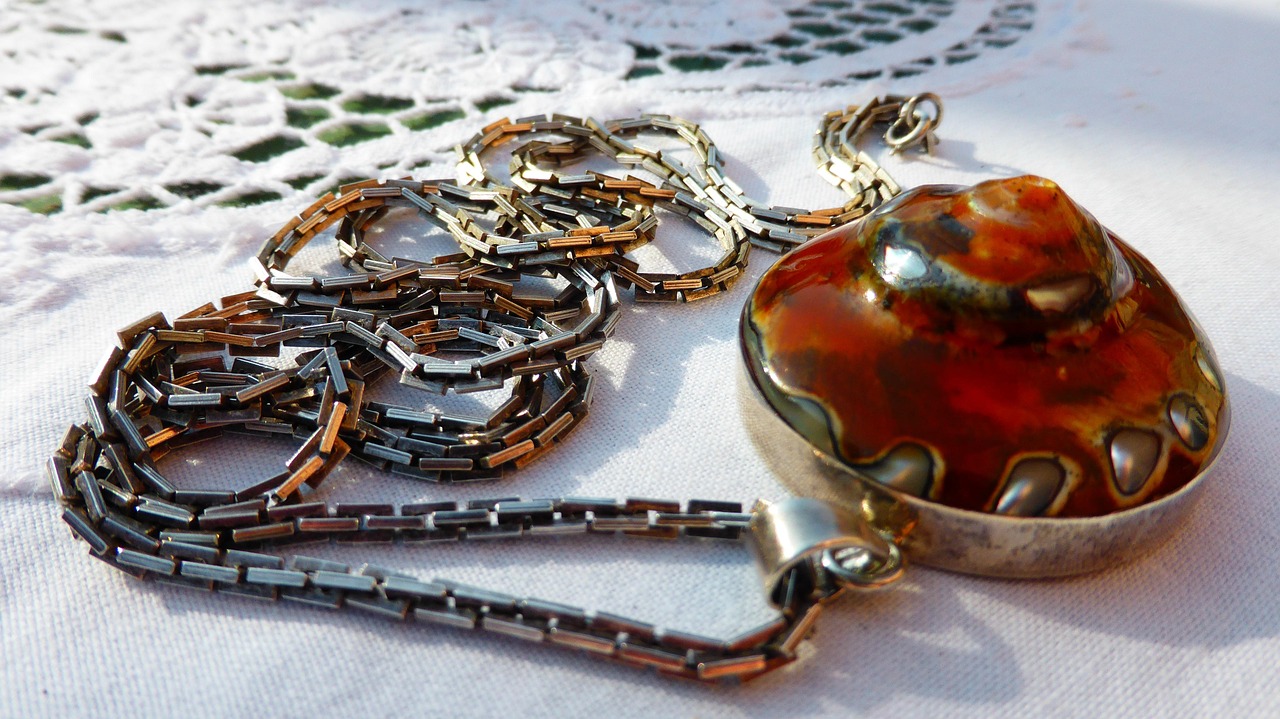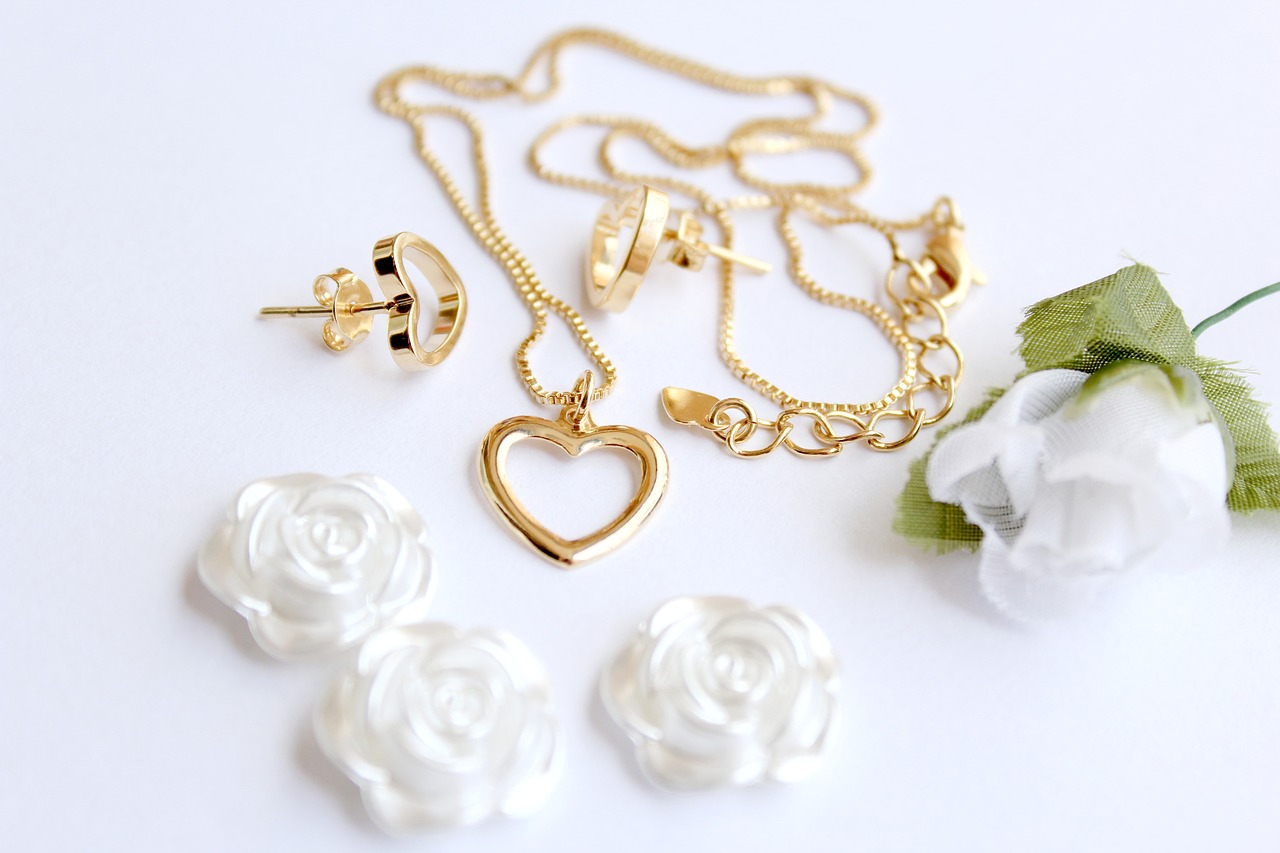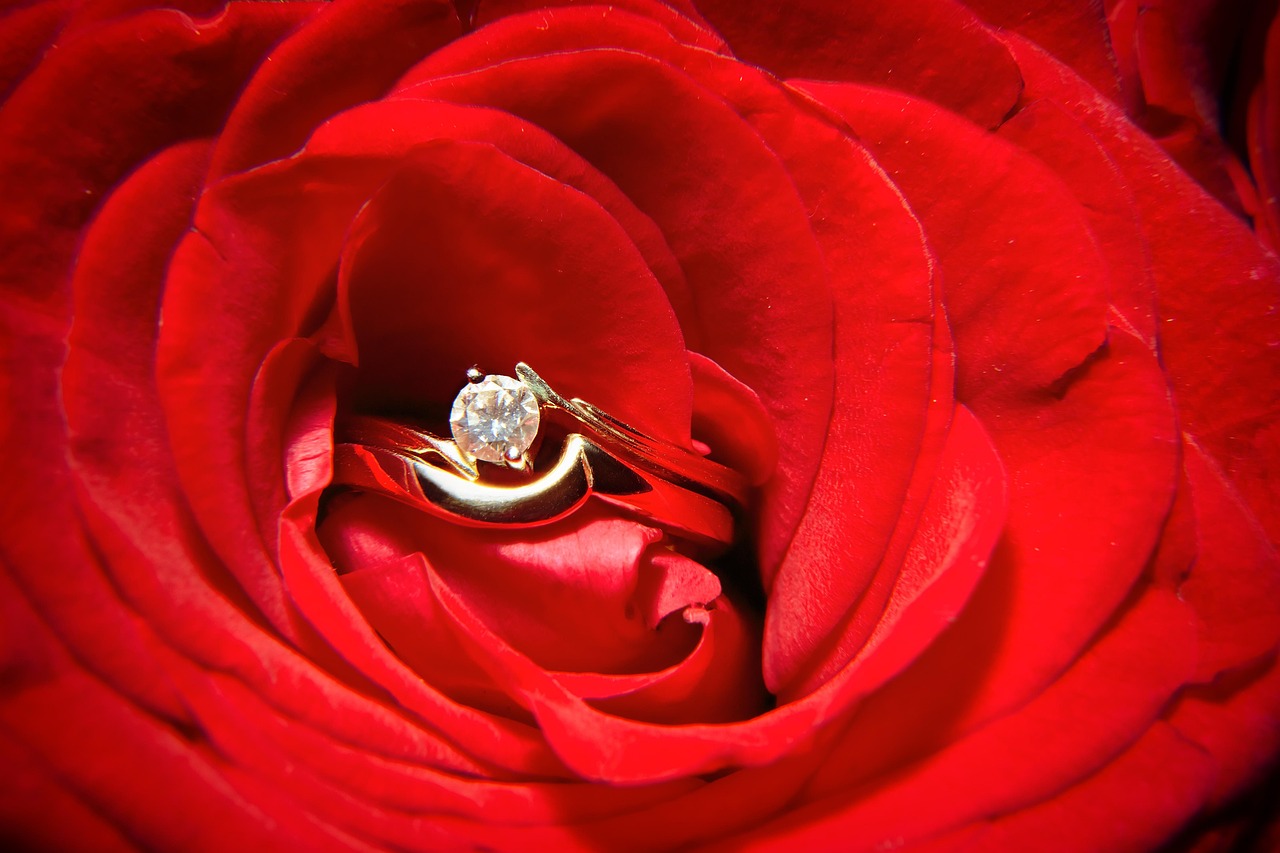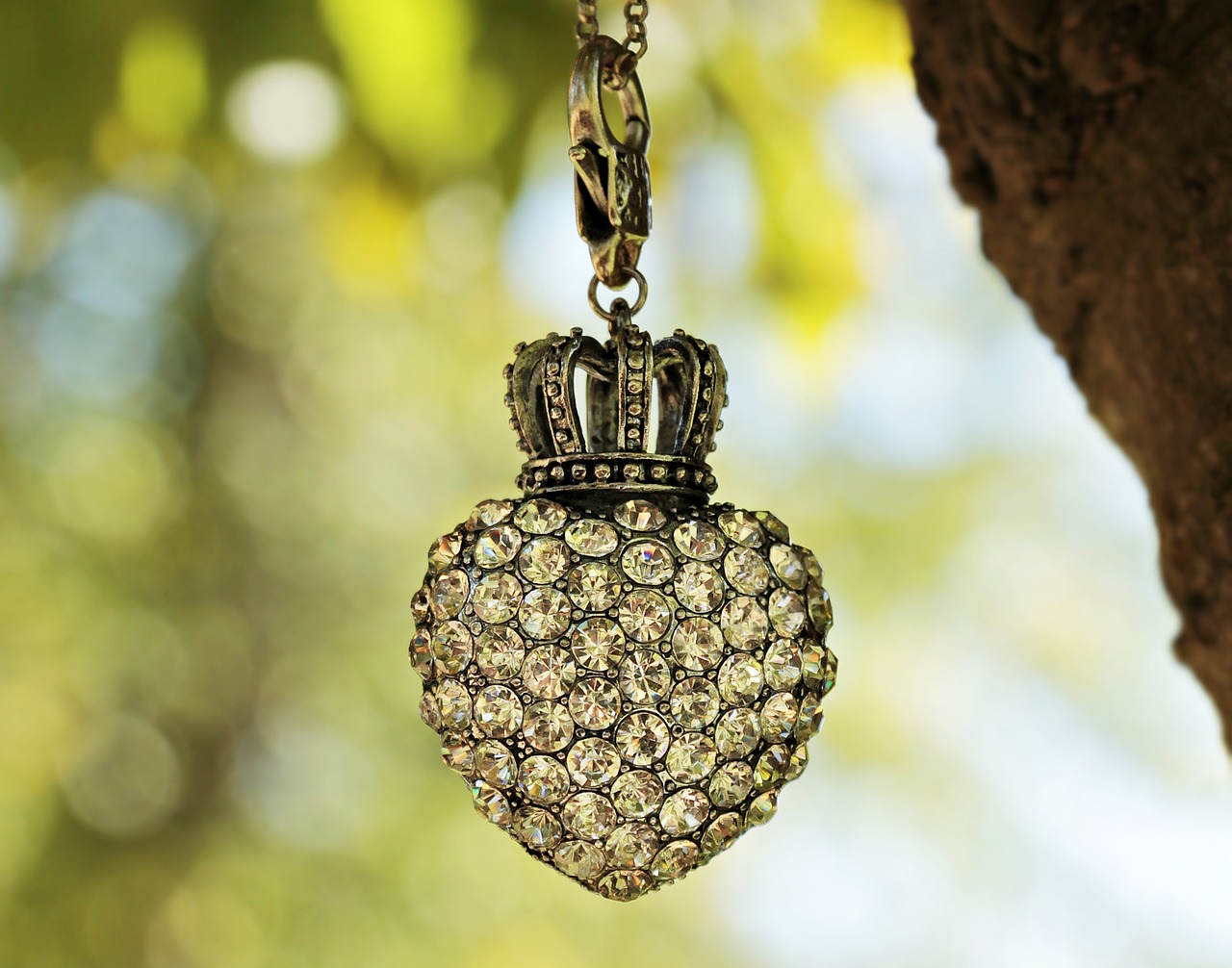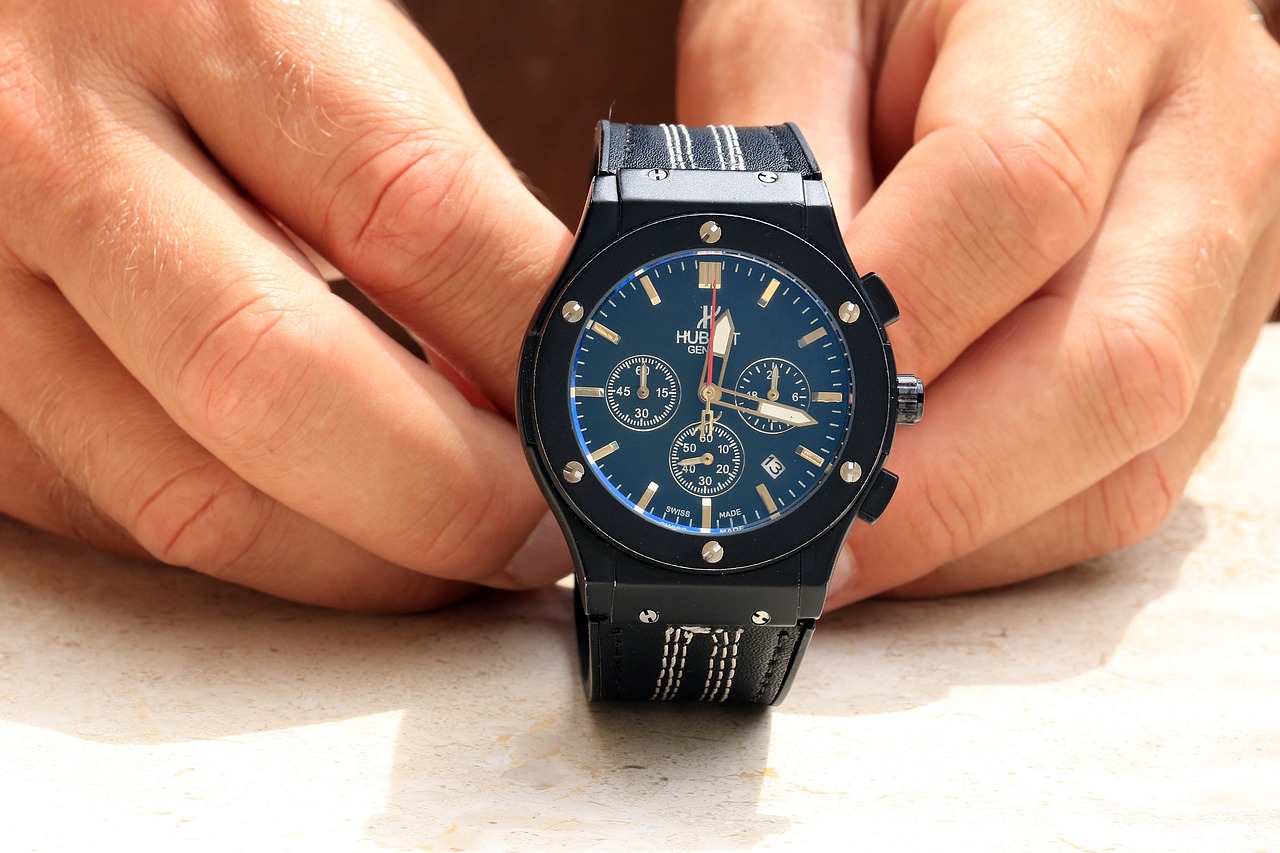This article explores the signs that indicate your jewelry may require repair, along with practical tips and expert insights to keep your pieces in top condition. Jewelry is not just an accessory; it often holds sentimental value and can be a significant investment. Therefore, recognizing the signs of wear and tear can help you maintain the beauty and integrity of your cherished items.
What Are Common Signs of Jewelry Damage?
- Visible Wear: Look for scratches, dents, or discoloration on the surface.
- Loose Stones: If you notice any stones that wiggle or feel loose, it’s time to act.
- Broken Clasps: A malfunctioning clasp can lead to the loss of your jewelry.
How to Inspect Your Jewelry for Wear and Tear?
Regular inspections are crucial for prolonging the life of your jewelry. Check for:
- Scratches: Examine surfaces under good lighting.
- Discoloration: Look for any changes in color, especially in metals.
- Structural Integrity: Ensure that chains and settings are intact.
Are Loose Stones a Cause for Concern?
Yes, loose stones can lead to loss or further damage. It’s essential to:
- Assess the stone settings regularly.
- Seek professional help if you notice any instability.
What to Look for in a Stone Setting?
Understanding different types of settings can help you identify potential issues:
- Prong Settings: These are vulnerable to snagging.
- Bezel Settings: Generally more secure but can still loosen over time.
- Channel Settings: Stones are set between metal channels, which can wear down.
How to Test for Stone Security?
To ensure stones are secure, gently press on the stones with your fingers. If they move, it’s time for a professional check-up.
When Should You Replace Jewelry Components?
Certain components, like clasps and chains, are prone to wear. If you notice:
- Fraying on chains, consider replacing them.
- Weak clasps should be repaired immediately to prevent loss.
How Do Environmental Factors Affect Jewelry?
Humidity, temperature, and exposure to chemicals can significantly impact jewelry longevity. Protect your pieces by:
- Storing them in a dry place.
- Avoiding exposure to harsh chemicals.
What Role Does Storage Play in Jewelry Care?
Proper storage is crucial. Use:
- Soft pouches to prevent scratches.
- Jewelry boxes with compartments to avoid tangles.
How to Clean Your Jewelry Safely?
Different materials require different cleaning methods. For example:
- Gold: Use a soft cloth and mild soap.
- Silver: Use a silver polish to remove tarnish.
What Are the Benefits of Professional Jewelry Repair?
While DIY repairs might seem tempting, professional services offer:
- Expertise: Trained jewelers have the skills to handle delicate repairs.
- Quality Assurance: Professional repairs are often more durable.
How to Choose a Reliable Jeweler?
Choosing a trustworthy jeweler is essential. Look for:
- Certifications and reviews from past customers.
- A warranty on repairs to ensure quality.
What Questions Should You Ask Your Jeweler?
Before entrusting your jewelry for repair, consider asking:
- What experience do you have with this type of repair?
- Can you provide a quote before starting the work?
By being proactive about the care and maintenance of your jewelry, you can ensure that your treasured pieces remain beautiful and secure for years to come.
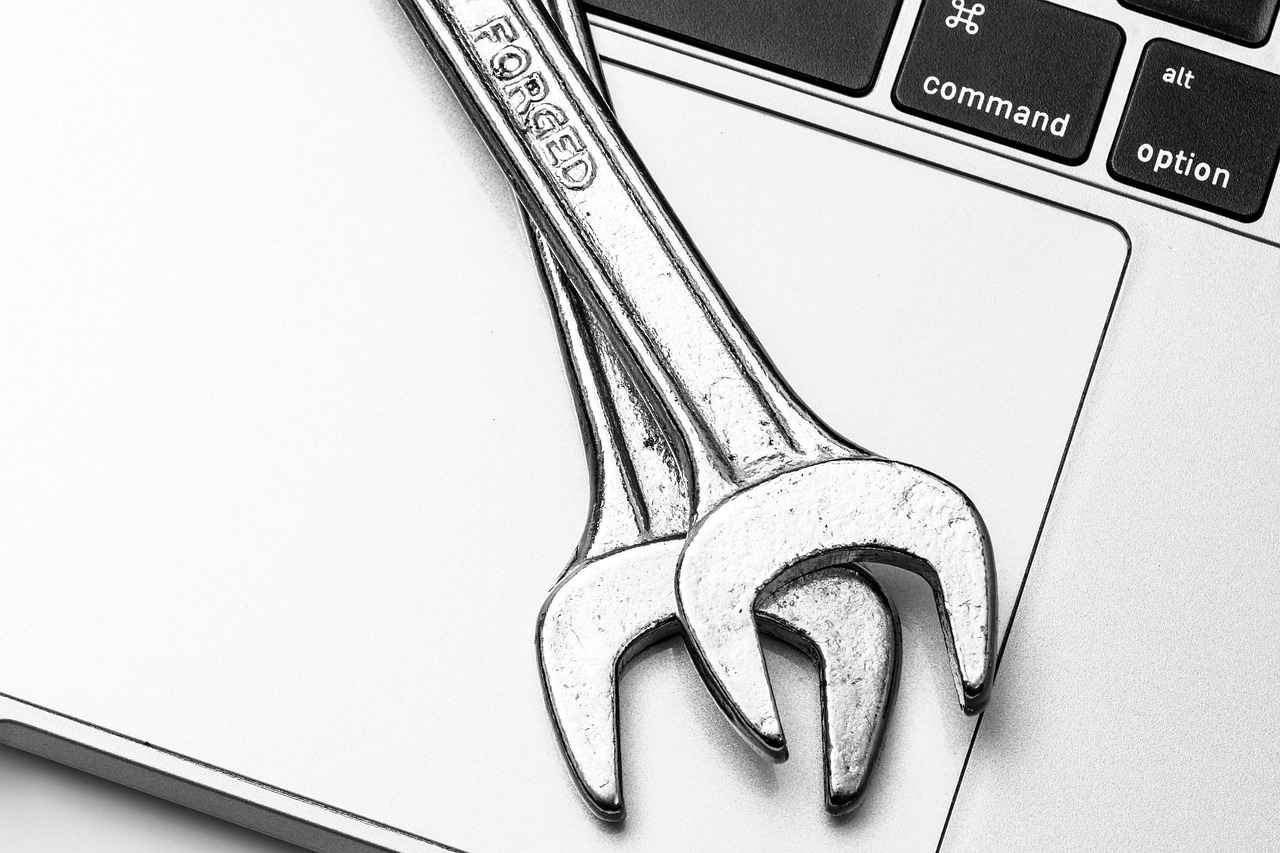
What Are Common Signs of Jewelry Damage?
Jewelry is not just an accessory; it often carries sentimental value and can be a significant investment. Therefore, ensuring its longevity is crucial. Identifying common signs of damage is the first step in determining whether your cherished pieces need repair. By being vigilant, you can prevent minor issues from escalating into costly repairs or, worse, losing a treasured item.
When assessing your jewelry, look for the following indicators:
- Visible Wear: Over time, jewelry can show signs of wear, such as scratches, dents, or discoloration. Gold and silver can tarnish, while gemstones may lose their luster. Regularly inspecting your pieces can help you catch these issues early.
- Loose Stones: One of the most concerning signs is a loose stone. If you notice that a gemstone wobbles in its setting, it may be at risk of falling out. This is particularly common in rings and necklaces where stones are set in prong or bezel settings.
- Broken Clasps: The clasp is a vital component of necklaces and bracelets. If a clasp is broken or malfunctioning, it can lead to the loss of the entire piece. Regularly check the functionality of clasps to ensure they are secure.
- Frayed Chains: Chains can wear down over time, especially if they are frequently worn. Look for any signs of fraying or weak links that could snap under pressure.
- Discoloration: If you notice any unusual discoloration, it could indicate that the metal is reacting to environmental factors or that it has been damaged. This is particularly common in costume jewelry.
To effectively inspect your jewelry:
- Schedule Regular Inspections: Make it a habit to examine your jewelry every few months. This proactive approach can help you catch any issues before they worsen.
- Use a Magnifying Glass: For a detailed inspection, use a magnifying glass to check for tiny scratches or loose settings that may not be visible to the naked eye.
- Consult a Professional: If you are unsure about the condition of your jewelry, consider taking it to a professional jeweler for a thorough evaluation.
In conclusion, being aware of these common signs of jewelry damage is essential for maintaining your pieces. By regularly inspecting your jewelry and addressing any issues promptly, you can ensure that your accessories remain in excellent condition for years to come. Remember that taking care of your jewelry not only preserves its beauty but also protects your investment.
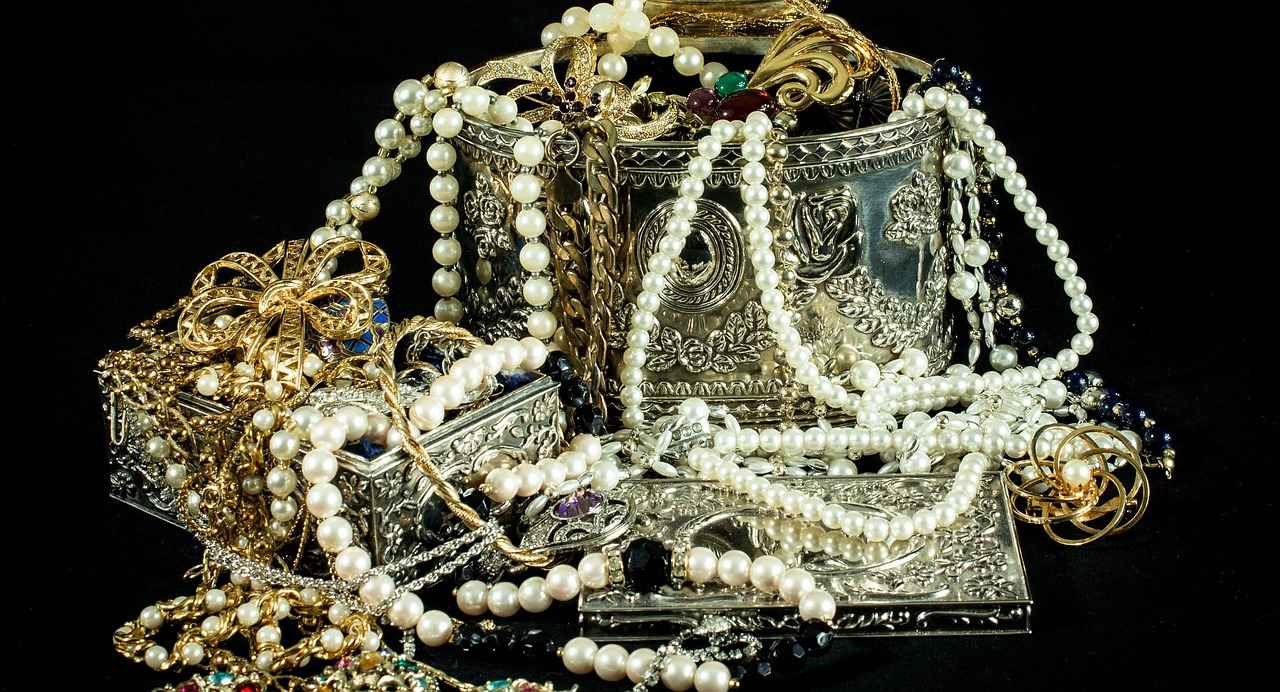
How to Inspect Your Jewelry for Wear and Tear?
Jewelry is not just an accessory; it often holds sentimental value and can be a significant investment. Regular inspections are essential to ensure that your pieces remain in excellent condition. By understanding how to check for wear and tear, you can prolong the life of your jewelry and keep it looking its best.
To maintain your jewelry effectively, it is vital to conduct regular inspections. Here are some practical steps to follow:
- Examine for Scratches: Carefully inspect the surface of your jewelry for any visible scratches. These can accumulate over time and may dull the shine of your pieces. Use a magnifying glass if necessary to get a closer look.
- Check for Discoloration: Discoloration can indicate damage or tarnishing, especially in metals like silver or gold. Look for any changes in color, particularly around clasps and settings.
- Assess Structural Integrity: Gently wiggle the components of your jewelry. Pay attention to clasps, hinges, and settings. If anything feels loose or unstable, it may require immediate attention.
Regular inspections can help you catch potential issues early, preventing costly repairs or the loss of precious stones. Make it a habit to check your jewelry every few months or before special occasions.
While a professional jeweler has specialized tools, you can perform a basic inspection at home with just a few items:
- Magnifying Glass: This will help you see small scratches or flaws that might not be visible to the naked eye.
- Soft Cloth: Use a lint-free cloth to gently clean your jewelry before inspection, removing any dirt that could obscure damage.
- Jewelry Cleaning Solution: Having a safe cleaning solution on hand can help maintain the shine while you inspect for issues.
Loose stones are a significant concern in jewelry care. If you notice a stone shifting in its setting, it could lead to loss or further damage. Regular checks can help you identify these issues early.
To assess stone security, gently press on the stone with your finger. If it moves or feels loose, it is time to consult a professional jeweler. They can securely tighten the stone, ensuring it remains in place.
Understanding the type of stone setting can help you identify potential issues. Here are the common types:
- Prong Settings: These use metal claws to hold the stone in place. Check for bent or broken prongs, as they can easily allow stones to fall out.
- Bezel Settings: These encase the stone in metal. Ensure that the bezel is not bent or cracked, as this can compromise the security of the stone.
- Channel Settings: Stones are set within a groove. Look for any gaps between the stones or the channel, which can indicate wear.
Environmental factors such as humidity, temperature, and exposure to chemicals can impact the longevity of your jewelry. Regular inspections can help you identify how these elements affect your pieces, allowing you to take preventive measures.
Proper storage significantly affects the condition of your jewelry. Use separate compartments to prevent scratches and tangles. Consider using a jewelry box with soft lining or individual pouches for each piece. This will help maintain their shine and integrity.
Are Loose Stones a Cause for Concern?
Jewelry is often a cherished possession, holding both sentimental and monetary value. One of the most critical aspects of maintaining your jewelry is ensuring that all components, especially stones, are secure. Loose stones can lead to significant issues, including loss or further damage to the piece. In this section, we will explore how to assess stone settings and identify when it is necessary to seek professional help to secure them.
Loose stones pose a serious risk to your jewelry. Not only can they fall out and be lost forever, but they can also cause damage to the surrounding metal or other stones. Understanding the risks associated with loose stones is essential for any jewelry owner.
- Visual Inspection: Regularly examine your jewelry under good lighting. Look for any stones that appear to be sitting unevenly or have visible gaps in their settings.
- Physical Test: Gently press down on the stones with your fingertip. If a stone moves or shifts, it is likely loose and requires attention.
- Check for Damage: Inspect the setting for any signs of wear or damage, such as bent prongs or cracks in the metal.
If you notice any signs of loose stones, it is crucial to act promptly. Professional jewelers have the expertise and tools necessary to securely fasten stones without causing further damage. Here are some indicators that it’s time to consult a professional:
- If a stone is visibly loose and moving within its setting.
- If you have lost a stone and need a replacement.
- If you notice any structural damage to the setting that could compromise the stone’s security.
When you take your jewelry to a professional, they will typically perform a thorough inspection of the piece. This may include:
- Re-setting Stones: If a stone is loose, the jeweler may remove it and re-set it securely.
- Repairing Settings: Any damaged prongs or settings will be repaired or replaced to ensure the stone is held firmly.
- Cleaning: Many jewelers will clean the piece as part of the repair process, restoring its original shine.
Taking proactive steps can help prevent stones from becoming loose in the first place. Here are some tips:
- Regular Inspections: Schedule regular check-ups with a jeweler to catch any issues early.
- Avoid Harsh Chemicals: Keep jewelry away from harsh chemicals that can weaken settings.
- Proper Storage: Store your jewelry in a safe and secure place to prevent accidental damage.
In conclusion, being vigilant about the condition of your jewelry, particularly regarding loose stones, is vital. Regular inspections and understanding when to seek professional help can save you from costly repairs and the heartache of losing a treasured piece. Remember, a proactive approach is the best way to ensure your jewelry remains beautiful and secure for years to come.
What to Look for in a Stone Setting?
Understanding the type of setting can help you identify issues with your jewelry. The stone setting plays a crucial role in the overall durability and aesthetic of your pieces. By exploring the differences between prong, bezel, and channel settings, you can better understand their vulnerabilities and how to maintain them.
A prong setting is one of the most popular choices for holding gemstones in place. This setting features small metal claws that grip the stone securely, allowing maximum light to enter and enhance its brilliance. However, the exposed nature of prongs can make them susceptible to damage. Regular inspections are essential to ensure that prongs are not bent or broken, which could lead to loose stones or even loss of the gemstone.
The bezel setting encircles the stone with a metal rim, providing a sleek and modern look. This setting offers excellent protection for the stone, making it less likely to chip or become dislodged. However, bezel settings can sometimes hide the stone’s facets, reducing its overall sparkle. It’s important to check for any signs of wear on the bezel itself, as a damaged bezel can lead to the stone becoming loose.
A channel setting is commonly used for multiple stones, where they are set in a groove between two metal strips. This type of setting offers a seamless and elegant appearance, ideal for wedding bands and eternity rings. However, the stones are more vulnerable to damage from impacts since they are positioned closely together. Inspecting the channel for any gaps or wear is crucial to maintain the integrity of the setting.
- Regularly Check for Loose Stones: Gently tap each stone to see if it moves within its setting.
- Inspect for Signs of Wear: Look for scratches, dents, or discoloration around the setting.
- Assess the Security of Prongs: Ensure prongs are not bent or broken, as this can lead to stone loss.
- Evaluate Bezel Integrity: Check the bezel for any signs of damage that could compromise the stone.
- Examine Channel Settings: Look for gaps or damage in the channel that could affect the stones.
By understanding the characteristics and vulnerabilities of each setting type, you can take proactive measures to protect your jewelry. Regular inspections and maintenance can significantly extend the life of your pieces and keep them looking their best. Always consult with a professional jeweler if you have concerns about the security of your stones or if you notice any signs of damage.
How to Test for Stone Security?
When it comes to preserving the beauty and integrity of your jewelry, ensuring that the stones are secure in their settings is paramount. Loose stones can not only diminish the aesthetic appeal of your piece but can also lead to loss or damage. Therefore, knowing how to test for stone security is essential for any jewelry owner.
Regularly checking the security of stones in your jewelry can prevent costly repairs and loss of precious items. A simple inspection can save you from the heartache of losing a cherished gemstone. Here are some techniques to help you assess the security of your stones:
- Examine the Setting: Look closely at the prongs or bezels holding the stones. They should be intact and not bent or broken.
- Check for Gaps: Ensure there are no visible gaps between the stone and its setting. If you see any space, the stone may be loose.
- Look for Wear: Signs of wear on the metal can indicate that the setting is compromised.
Here are some straightforward methods to test if your stones are securely set:
- The Wiggle Test: Gently wiggle the stone with your finger. If it moves significantly, it may need to be reset.
- The Tap Test: Lightly tap the stone with a fingernail. A secure stone will not move or make a sound, while a loose stone may rattle.
- The Shake Test: Hold the jewelry piece in your hand and gently shake it. If you hear any rattling, it’s a sign of loose stones.
If your inspection reveals any signs of looseness or damage, it’s time to consult a professional jeweler. They can provide expert repair services and ensure that your jewelry is restored to its original condition. Additionally, regular maintenance checks by a jeweler can help prevent future issues.
To minimize the risk of loose stones, consider the following preventive measures:
- Regular Cleaning: Dirt and grime can build up around the settings, which may compromise stone security. Clean your jewelry regularly using appropriate methods.
- Avoid Harsh Chemicals: Exposure to chemicals can weaken settings over time. Always remove your jewelry before using cleaning products or engaging in activities that may expose it to harsh elements.
- Store Properly: Ensure that your jewelry is stored in a safe place, away from other pieces that could scratch or damage it.
By taking proactive steps to test and maintain the security of your stones, you can enjoy your jewelry for years to come. Remember, a little vigilance goes a long way in preserving the beauty and value of your precious pieces.
When Should You Replace Jewelry Components?
Jewelry is not just an accessory; it often carries sentimental value and memories. However, like any cherished possession, it requires care and maintenance. One of the critical aspects of jewelry upkeep is knowing when to replace essential components such as clasps and chains. This article will guide you through the signs that indicate it’s time for a replacement and provide practical tips to ensure your jewelry remains in excellent condition.
Jewelry components, especially clasps and chains, are subject to wear and tear over time. Clasps can become weak or brittle, while chains may show signs of stretching or kinking. Here are some indicators that suggest it’s time for a replacement:
- Visible Damage: Look for cracks, breaks, or significant wear on the clasp or chain.
- Difficulty in Use: If a clasp is challenging to open or close, it may not secure your jewelry properly.
- Chain Stretching: A chain that has elongated can lead to the loss of pendants or charms.
Conducting regular inspections of your jewelry can significantly prolong its life. Set aside time every few months to check for:
- Scratches and Discoloration: These can indicate wear and may compromise the integrity of the piece.
- Loose Links: For chains, ensure that all links are secure and not showing signs of separation.
- Overall Condition: Assess the entire piece for any signs of deterioration.
Maintaining your jewelry components is essential in preventing the need for frequent replacements. Here are some practical tips:
- Clean Regularly: Gently clean your jewelry with a soft cloth to remove dirt and oils.
- Store Properly: Keep your jewelry in a dry, cool place to prevent environmental damage.
- Avoid Harsh Chemicals: Exposure to chemicals can degrade clasps and chains, so remove jewelry before using cleaning products.
If you notice any of the signs mentioned above, it may be time to consult a professional jeweler. They can assess the condition of your jewelry and recommend whether a repair or replacement is needed. Here are some questions to consider asking:
- What is the condition of my clasp or chain?
- Is it more cost-effective to repair or replace?
- How long will the repair or replacement take?
Replacing clasps and chains can vary in cost depending on the material and complexity. Generally, gold or platinum components will be more expensive than those made from silver or base metals. Always get a quote before proceeding with repairs or replacements.
By regularly inspecting your jewelry and understanding when to replace components, you can ensure that your pieces remain safe and beautiful for years to come. Remember, taking proactive steps in jewelry maintenance not only preserves the aesthetic appeal but also the sentimental value of your cherished items.
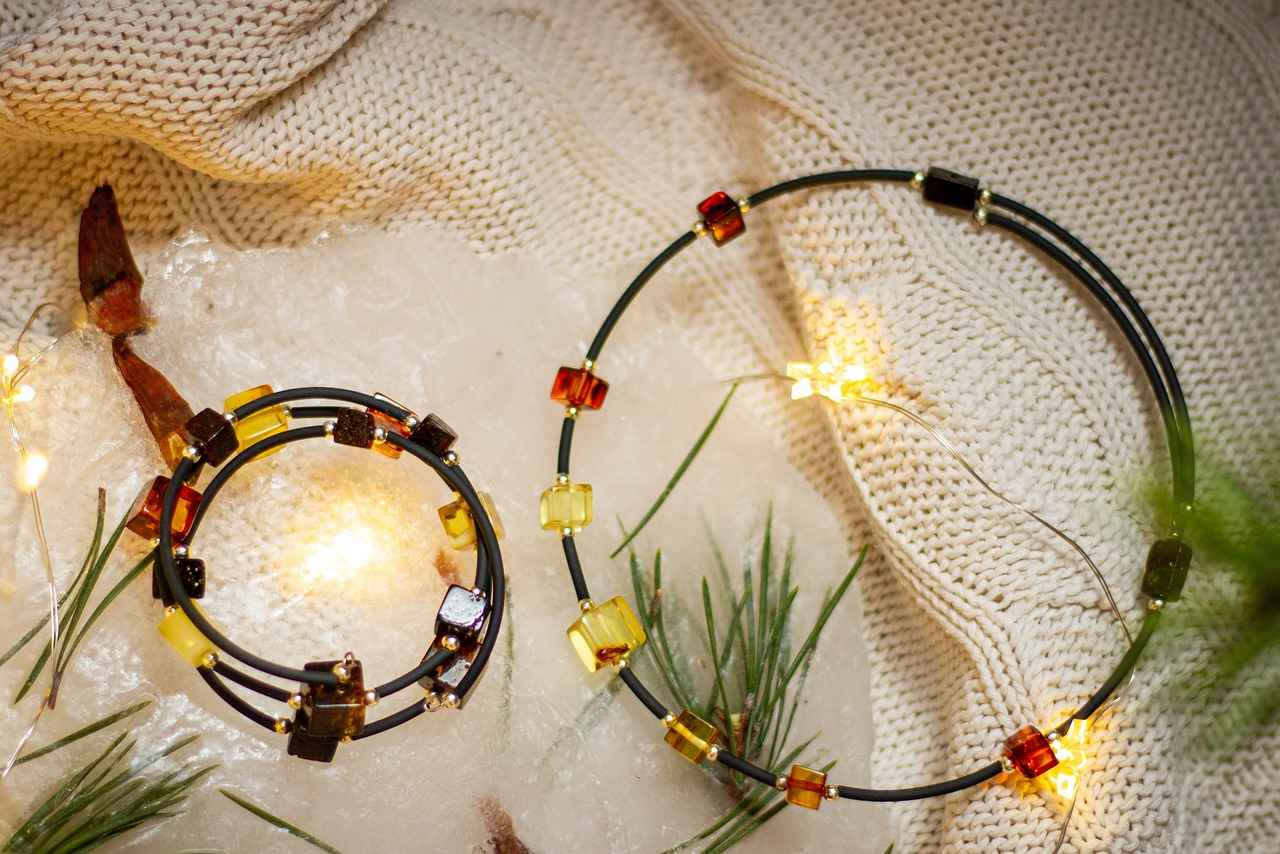
How Do Environmental Factors Affect Jewelry?
Jewelry is not only a significant investment but also a cherished possession that often carries sentimental value. However, environmental factors can greatly affect the longevity and appearance of your jewelry. Understanding how to protect your pieces from these elements is essential for maintaining their beauty over time.
Several environmental factors can contribute to the wear and tear of your jewelry:
- Humidity: High levels of moisture can lead to tarnishing, especially in metals like silver and copper. It can also cause gemstones to become cloudy or lose their luster.
- Temperature: Extreme heat can weaken certain materials, while cold can make metals brittle. Rapid temperature changes can also cause stones to crack.
- Chemical Exposure: Everyday chemicals found in household cleaners, perfumes, and even lotions can damage jewelry. For instance, chlorine can erode gold and silver, while acidic substances can harm gemstones.
To preserve your jewelry’s condition, consider implementing the following protective measures:
- Store Properly: Keep your jewelry in a cool, dry place. Use anti-tarnish pouches or cloths for silver items and separate compartments to avoid scratches.
- Avoid Exposure: Remove jewelry before engaging in activities that expose it to chemicals, such as swimming in chlorinated pools or applying beauty products.
- Regular Cleaning: Clean your jewelry regularly with appropriate methods. For example, use a soft cloth for metals and a gentle soap solution for gemstones. Avoid harsh chemicals that can cause damage.
Humidity can significantly affect the appearance and integrity of various materials. High humidity can cause moisture to accumulate on jewelry, leading to tarnishing and corrosion. To combat this:
- Consider using a dehumidifier in areas where you store your jewelry.
- Keep silica gel packets in your jewelry box to absorb excess moisture.
Extreme temperatures can have adverse effects on your jewelry:
- Heat can expand metal, potentially loosening stones from their settings.
- Cold temperatures can cause certain materials to contract, increasing the risk of cracks.
To minimize these risks, avoid leaving jewelry in places with extreme temperatures, such as cars or unregulated attics.
Chemicals can be particularly harmful:
- Chlorine, often found in swimming pools, can damage gold and silver.
- Acids in household cleaners can erode metal surfaces and compromise gemstones.
Always remove jewelry before using cleaning products or swimming to protect your pieces from damage.
Incorporating regular maintenance into your routine is key:
- Schedule professional cleanings and inspections at least once a year to ensure everything is in good condition.
- Be mindful of where you wear your jewelry; avoid environments that could expose it to damaging elements.
By taking proactive steps to protect your jewelry from environmental factors, you can ensure that your precious pieces remain beautiful and intact for years to come.
What Role Does Storage Play in Jewelry Care?
Jewelry storage is an often-overlooked aspect of jewelry care that plays a vital role in preserving the beauty and longevity of your treasured pieces. Proper storage techniques can help prevent scratches, tangles, and tarnishing, ensuring that your jewelry remains in excellent condition for years to come. In this section, we will explore effective storage solutions and tips to help you maintain your collection.
Jewelry is not just an accessory; it often holds sentimental value and can be a significant investment. Improper storage can lead to irreversible damage, making it crucial to understand how to protect your items. For instance, metals can tarnish when exposed to moisture and air, while gemstones can become scratched if they are not stored correctly.
- Use Individual Compartments: Storing jewelry in individual compartments can prevent pieces from scratching each other. Consider using a jewelry box with separate sections or small pouches.
- Invest in Anti-Tarnish Products: Anti-tarnish cloths or bags can help minimize tarnishing, especially for silver and gold pieces. These products are designed to absorb moisture and prevent oxidation.
- Keep Away from Humidity: Store your jewelry in a cool, dry place. High humidity can accelerate tarnishing and damage, so avoid areas like bathrooms.
- Use Soft Linings: Lining your jewelry box with soft fabric can provide an additional layer of protection against scratches.
Different materials require different care. Here are some tips:
- Gold and Silver: Store these metals in anti-tarnish pouches or cloths to prevent oxidation.
- Gemstones: Keep gemstones separated to avoid scratches. Soft pouches or compartments are ideal.
- Pearls: Store pearls in a soft cloth or pouch, and avoid plastic bags, which can damage their surface.
Organization is key when it comes to jewelry storage. Here are some tips:
- Sort by Type: Group similar items together, such as rings, necklaces, and bracelets, to make it easier to find what you need.
- Label Your Storage: If using boxes or drawers, consider labeling them to quickly identify contents.
- Regularly Inspect: Periodically check your jewelry for any signs of wear or damage during your organization process.
To keep your jewelry in pristine condition, avoid the following:
- Don’t Overcrowd: Avoid cramming jewelry into a single box or compartment, as this can lead to scratches and tangles.
- Avoid Direct Sunlight: Prolonged exposure to sunlight can fade gemstones and damage certain materials.
- Don’t Store in Bathrooms: Humidity and moisture can wreak havoc on your jewelry, so it’s best to keep it out of the bathroom.
In conclusion, proper jewelry storage is essential for maintaining the condition and appearance of your treasured pieces. By implementing effective storage solutions and following best practices, you can prevent damage and ensure that your jewelry remains as beautiful as the day you received it.
How to Clean Your Jewelry Safely?
Jewelry is not just an accessory; it often holds sentimental value and can be a significant investment. To ensure that your pieces remain sparkling and in excellent condition, it is essential to understand how to clean them safely. Different materials require specific cleaning methods to avoid damage.
Jewelry comes in various materials, including gold, silver, platinum, and gemstones. Each material has unique properties that necessitate different cleaning techniques:
- Gold: Use a mixture of warm water and mild dish soap. Soak the jewelry for a few minutes, then gently scrub with a soft brush. Rinse thoroughly and dry with a soft cloth.
- Silver: Silver tarnishes easily. Use a silver polish cloth or a solution of baking soda and water to gently clean the surface. Avoid harsh chemicals that can cause further tarnishing.
- Platinum: Similar to gold, platinum can be cleaned with warm soapy water. Use a soft brush to remove dirt and grime, then rinse and dry.
- Gemstones: Depending on the type of gemstone, cleaning methods may vary. Most gemstones can be cleaned with a soft cloth, but softer stones like opals and pearls require special care. Use a damp cloth and avoid soaking them in water.
Delicate jewelry, such as pieces with intricate designs or soft gemstones, requires extra caution. Here are some safe techniques:
1. Always use a soft, lint-free cloth for wiping.2. Avoid ultrasonic cleaners for delicate stones.3. For beaded jewelry, use a damp cloth instead of soaking.4. Store pieces separately to prevent scratches.
The frequency of cleaning depends on how often you wear your jewelry. As a general rule:
- Every few weeks for daily wear items.
- Once a month for occasional pieces.
- After exposure to lotions, perfumes, or chemicals.
Yes, certain cleaning products can be harmful to your jewelry:
- Bleach: It can damage metals and discolor gemstones.
- Ammonia: This can weaken the structure of certain stones and metals.
- Harsh abrasives: These can scratch the surface of your jewelry.
Regular cleaning not only keeps your jewelry looking its best but also helps identify potential issues early on. By maintaining your pieces, you can:
- Prevent tarnishing and buildup of dirt.
- Extend the lifespan of your jewelry.
- Ensure that stones remain secure in their settings.
In conclusion, understanding the proper cleaning methods for your jewelry is vital for maintaining its beauty and integrity. By following these safe techniques and being mindful of the materials, you can enjoy your cherished pieces for years to come.
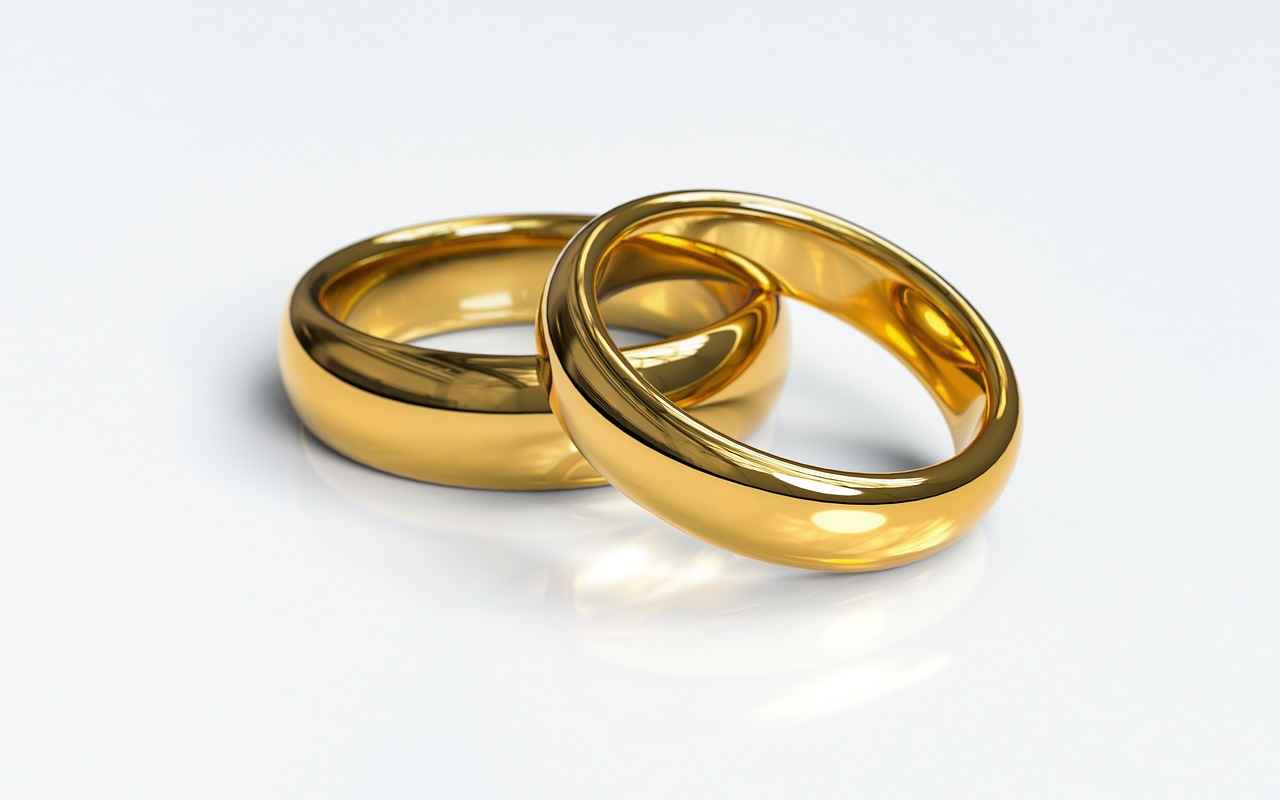
What Are the Benefits of Professional Jewelry Repair?
When it comes to maintaining the beauty and integrity of your jewelry, the decision to repair it can be challenging. While DIY repairs may seem like a cost-effective option, they often lack the precision and expertise that professional jewelers provide. Understanding the benefits of professional jewelry repair can help you make an informed decision that ensures your treasured pieces remain in excellent condition.
One of the primary advantages of seeking professional help is the expertise that trained jewelers bring to the table. These professionals have undergone extensive training and possess the necessary skills to handle intricate repairs. They can identify underlying issues that may not be immediately visible, ensuring that your jewelry is restored to its original condition.
Professional jewelers use specialized tools and techniques that guarantee a higher standard of repair. This quality assurance means that repairs are done correctly the first time, reducing the risk of future damage. For example, when resetting a loose stone, a professional will ensure that it is securely placed, minimizing the chances of it falling out again.
Another benefit of professional jewelry repair is access to high-quality materials. Jewelers often have a vast array of replacement parts, including clasps, chains, and stones that match your original piece. This access ensures that any repairs made will not only be durable but also aesthetically pleasing.
Professional jewelers offer a range of services beyond simple repairs. They can provide cleaning, polishing, and even custom redesigns. This comprehensive approach means you can have multiple issues addressed in one visit, saving you time and effort.
Many professional jewelers offer warranties on their repair work, giving you peace of mind. In the event that something goes wrong after the repair, you can return to the jeweler without incurring additional costs. Additionally, having your jewelry repaired by a professional can help maintain its value, which is particularly important for high-end pieces.
Choosing the right jeweler is crucial for ensuring quality repairs. Look for a jeweler with a solid reputation, positive customer reviews, and appropriate certifications. Asking for recommendations from friends or family can also lead you to trustworthy professionals.
Before entrusting your jewelry to a jeweler, consider asking the following questions:
- What is your experience with this type of repair?
- Do you provide warranties for your work?
- What materials will you use for the repair?
- How long will the repair take?
- Can you provide references or customer testimonials?
By asking these questions, you can gauge the jeweler’s expertise and ensure that your jewelry is in capable hands.
In conclusion, while DIY repairs may seem appealing, the benefits of professional jewelry repair are clear. From expert knowledge and quality assurance to access to high-quality materials and comprehensive services, professional jewelers provide invaluable assistance that can extend the life of your cherished pieces.
How to Choose a Reliable Jeweler?
Choosing a reliable jeweler is a critical step in ensuring that your precious pieces are handled with care and expertise. Whether you need repairs, custom designs, or maintenance, the right jeweler can make all the difference. Here are some key factors to consider when selecting a jeweler to guarantee your jewelry is in good hands.
When searching for a jeweler, it is essential to look for someone with extensive experience in the field. A jeweler with years of practice not only understands the intricacies of various materials but can also identify and address issues effectively. Ask about their background, training, and any certifications they may hold.
Researching a jeweler’s reputation is crucial. Look for online reviews and testimonials from previous customers. A jeweler with a strong track record of customer satisfaction is more likely to provide quality service. You can also ask friends or family for recommendations to find trusted professionals.
Different jewelers specialize in various services. Some may focus on repairs, while others might excel in custom designs or appraisals. Ensure that the jeweler you choose offers the specific services you need. This can save you time and ensure that your jewelry receives the right kind of attention.
When selecting a jeweler, inquire about the quality of materials they use for repairs and custom pieces. A trustworthy jeweler should be transparent about the types of metals and gemstones they work with. This is particularly important for repairs, as subpar materials can compromise the integrity of your jewelry.
Reputable jewelers often provide warranties or guarantees on their work. This not only demonstrates their confidence in the quality of their repairs but also offers you peace of mind. Be sure to ask about the specifics of any warranties and what they cover.
Effective communication is a hallmark of a reliable jeweler. They should be willing to answer your questions, explain the repair process, and provide updates on the status of your jewelry. A jeweler who prioritizes customer service will ensure you feel valued and informed throughout the process.
Consider the jeweler’s location and accessibility. A nearby jeweler can make it easier to drop off and pick up your jewelry, especially if you require frequent maintenance. Additionally, ensure their shop is welcoming and organized, reflecting their professionalism.
While cost shouldn’t be the sole factor in your decision, it’s essential to understand the pricing structure. A reliable jeweler should provide clear estimates without hidden fees. Don’t hesitate to ask for a breakdown of costs associated with repairs or custom work.
- What is your experience with repairing this type of jewelry?
- Can you provide references or testimonials from previous clients?
- What materials do you use for repairs?
- Do you offer warranties for your work?
- How will you communicate updates regarding my jewelry?
- What is your pricing structure like?
By considering these factors and asking the right questions, you can confidently choose a jeweler who will care for your jewelry as much as you do. Remember, your jewelry is not just an accessory; it often holds sentimental value and deserves the best care possible.
What Questions Should You Ask Your Jeweler?
When it comes to jewelry repair, ensuring that your precious pieces are in the right hands is crucial. One of the best ways to assess a jeweler’s expertise is by asking the right questions. This not only helps you understand their qualifications but also gives you confidence in their ability to handle your jewelry with care. Here are some essential inquiries to make before entrusting your jewelry for repair:
- What are your qualifications and experience?
Understanding a jeweler’s background is vital. Ask about their training, certifications, and years of experience in the industry. A skilled jeweler will be more likely to handle your repairs with precision and care. - Can you provide references or reviews?
A reputable jeweler should be able to provide references or direct you to customer reviews. This feedback can give you insight into their reliability and the quality of their work. - What types of repairs do you specialize in?
Different jewelers may have different specialties, such as ring resizing, stone replacement, or antique restoration. Ensure that the jeweler you choose has experience with the specific type of repair your jewelry needs. - What is your repair process?
Understanding the repair process can help you gauge the jeweler’s thoroughness. Ask about the steps involved, the materials they use, and how they ensure quality control during repairs. - What is the estimated timeline for the repair?
Knowing how long the repair will take is essential, especially if you need your jewelry for a special occasion. A professional jeweler should provide a realistic timeframe for completion. - What are your policies on warranties and guarantees?
Inquire about any warranties or guarantees on their work. A jeweler who stands by their repairs will often offer some form of assurance, which can give you peace of mind. - How do you handle pricing and estimates?
Understanding how a jeweler calculates repair costs is important. Ask if they provide written estimates and whether any additional costs could arise during the repair process. - Can you explain the materials you will use for the repair?
Knowing what materials will be used can help you ensure that your jewelry is repaired to the highest standards. Inquire about the quality of materials and whether they match the original specifications. - What precautions do you take to protect my jewelry during the repair?
A professional jeweler should have protocols in place to protect your jewelry from damage during the repair process. Ask about their handling and storage practices. - Will I be able to see the repair process?
Some jewelers may allow you to observe the repair process or provide updates along the way. This transparency can build trust and ensure you feel comfortable with the work being done.
By asking these questions, you can gain valuable insights into a jeweler’s expertise and approach to repairs. This not only helps you make an informed decision but also ensures that your beloved jewelry receives the care it deserves. Remember, taking the time to ask the right questions can save you from potential regrets and ensure your pieces are restored to their former glory.
Frequently Asked Questions
- How can I tell if my jewelry needs repair?
If you notice visible wear, loose stones, or broken clasps, these are clear signs that your jewelry may need some TLC. Regular inspections can help you catch these issues early!
- What should I look for when inspecting my jewelry?
Keep an eye out for scratches, discoloration, and any changes in the structure of your pieces. A little routine check-up can go a long way in maintaining their beauty!
- Are loose stones a big deal?
Absolutely! Loose stones can lead to loss or further damage. Assess your stone settings regularly and don’t hesitate to seek professional help if you notice any issues.
- When is it time to replace jewelry components?
Components like clasps and chains wear out over time. If they show signs of damage or are not functioning properly, it’s best to repair or replace them to ensure your jewelry remains secure.
- How do environmental factors affect my jewelry?
Humidity, temperature, and exposure to chemicals can all impact the longevity of your jewelry. Understanding these factors can help you protect your cherished pieces effectively!
- Why should I consider professional jewelry repair?
While DIY repairs can be tempting, professional services offer expertise and quality assurance. They can often spot issues you might miss and ensure your jewelry is restored to its best condition.
- What should I ask my jeweler before getting repairs?
It’s important to ask about their experience, the materials they use, and any warranties they offer on repairs. This can help you gauge their expertise and ensure your jewelry is in good hands!

